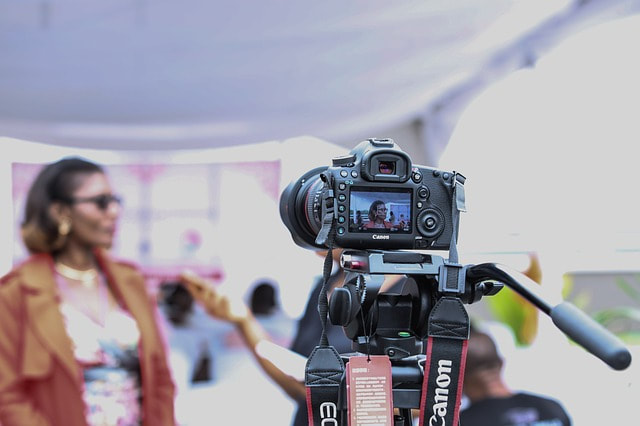That’s the ten-million-dollar question, isn’t it? What is the new normal? How can you know? Our answer? You can’t.
We frequently have clients who ask us to ask their customers to predict future behaviour. Purchase intent or behavioural intent are no more predictable than whether a pandemic will suddenly shut down the entire world and kill millions of people. It never has been. That’s why financial offerings have all those disclaimers about forward-looking statements. It’s the same reason that there are statements like “past behaviour is not an indicator of future performance”. It’s the same for your customers. The best you can hope for, is to play the odds. And the best way to do that, is to ask them to think, as much as possible, about now, or as close to now, as you can. The precious present (circumstances) is all they really have a good handle on.
They’re sort of good at recalling what they do under normal circumstances, although they may filter their behaviour through a lens of “what I should do”. We saw this in action back in the early days of mobile research. We had a group of moms completing food diaries. Now when they did this on paper, they would note that they gave their kids an unhealthy snack three days in a row, and might erase and replace with a more acceptable answer. But when they did the diary in real time on mobile, they didn’t have the same opportunity to edit themselves. Eureka! An insight was born.
They’re even less good at predicting what they will do, because they will try to apply logic and reason – especially if they are trained in using rubrics and logic to make decisions (think doctors, engineers, or actuaries). So you can’t take them at face value.
You can, however, take stock in the directionality of their answers – if they are more likely to do something versus another thing, or if they think your new option is more appealing than your current one. So do listen to what they are saying. And if you get them to complain about something they don’t like, listen VERY carefully. Discomfort is something they are often best at expressing. Then stop. Do not ask them to solve their problem, or tell you how. After all, if they knew how, they would have solved it already, or would have asked you to solve it. And if (worst case scenario), they did tell you how to solve it and you simply didn’t want to respond? Now you’ve poked the bear, and you’ll have to work extra hard to regain their trust.
So the short answer to what is the new normal for your customers is, whatever they are experiencing and doing right now. Because tomorrow? That never comes.
I’m Megann Willson, and I’m one of the Partners here at PANOPTIKA. We work with our clients to help them make better decisions and build stronger relationships with customers. You can also find us on LinkedIn, on Facebook, or on Twitter. And you can sign up below for regular news you can use.










